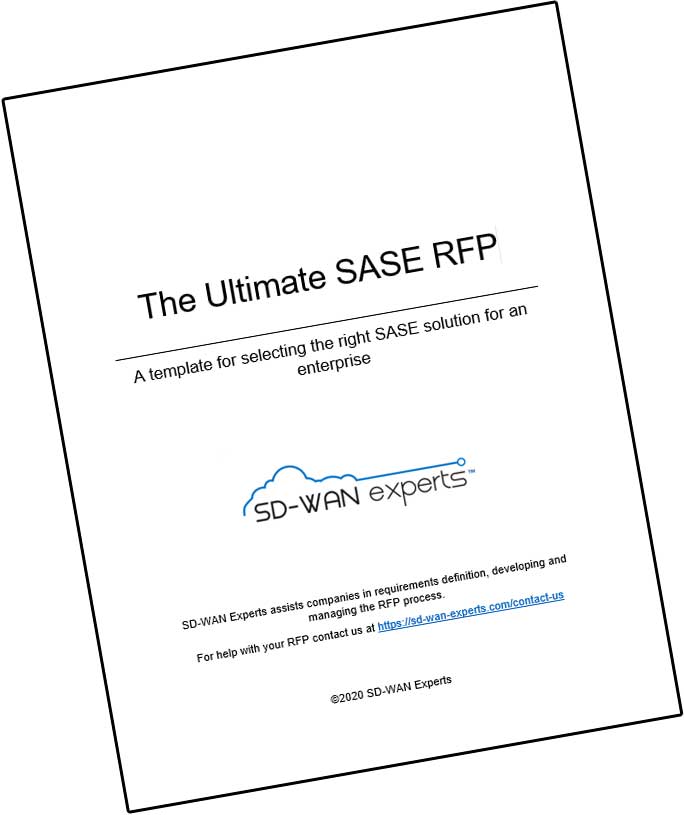If you haven’t heard already, Cato Networks just announced an investment of $55 million as part of a broader press release around recapping their 2018 results. That’s a remarkable achievement for any company let alone an SD-WAN company in a market filled with several dozen SD-WAN providers.
And there’s more. The company announced that bookings grew by 352% year-over-year and channel business increased fivefold. Today, Cato claims some 300 enterprises worldwide with “thousands of branch locations across all verticals” are relying on the service. You can read the PR for yourself here.
Perfect for the Right Company
To my mind, Cato has long had an irresistible offer for the right size companies. It’s not just that Cato provides an SD-WANs solution. Many companies offer SD-WAN solutions and, frankly, there’s little that differentiates base SD-WAN capabilities of the various providers. No, what’s remarkable about Cato has been their approach to rethinking the WAN architecture.
All too often, the enterprises I engage with face an assortment of challenges. They commonly want to replace MPLS, particularly global MPLS circuits that are just so expensive, with something more affordable. But to fix the “MPLS problem” they also need to address other issues, like how to bring security to a branch office that will now be relying on a public Internet connection or how to connect to Amazon and Office365.
If you’re a large enterprise, you’ll likely have the internal IT resources to integrate, deploy, and maintain the necessary appliances. It’s a bit of a bear, true, but it’s what we’ve been used to. But increasingly small and midsize enterprises often don’t have that luxury. They lack the personnel and budget needed to build out a global SD-WAN with distributed cloud connectivity and security services. It’s simply too tall of an order.
The Cato Approach: Global Firewall Meets Global Backbone
Here’s where Cato’s approach has been, frankly, revolutionary. They’re the first provider that I know of to give you a global firewall that protects your facility locations, mobile users, cloud datacenter, and cloud applications through one central policy. This global firewall — actually a global security stack including NGFW, IPS, and anti-malware — applies a single policy to protect all resources and users. It runs on the Cato global backbone, which the company claims is an SLA-backed and offers an affordable alternative to MPLS. I have no reason to doubt that claim.
You access this combination of global firewall and backbone in different ways. For branch locations, you’ll generally use Cato’s SD-WAN device, the Cato Socket. They automatically connect to the nearest Cato point of presence (PoP). For headquarters or the physical datacenter, you can deploy a Cato Socket or establish an IPsec connection to the PoP. Mobile users connect via Cato’s mobile client.
And as Cato PoPs are co-located in many of the same physical datacenters as IaaS services, traffic can be optimized and delivered right to their doorstep. With SaaS applications, Cato’s routing delivers traffic to the Cato PoP closest to the destination.
Funding is Crucial When Your Trampling on Telcos
To make the Cato architecture stick, funding is critical. Cato’s taking on telcos who’ve got awfully deep pockets. The funding will help Cato continue to compete and move upmarket, scaling their service to deliver enterprise-grade capabilities after every level of the game.
I’m not sure if I was running a 5,000 site network today whether I’d put it on, Cato. But how many 5,000 site networks are there anyway? Cato does claim in its PR to have signed its first 1,000 site network and that’s, frankly, pretty amazing to me. With the additional funding and their current trajectory, I’d expect to see more of those scale of customers in the coming.
The Cato team has done some pretty incredible thing today. I can’t wait to see what they do in with another $55 million in the pocket. Kudos to you, Cato.
*Update*
For more information about Cato, check out my recent interview with Yishay Yovel, Cato’s vice president of marketing.



